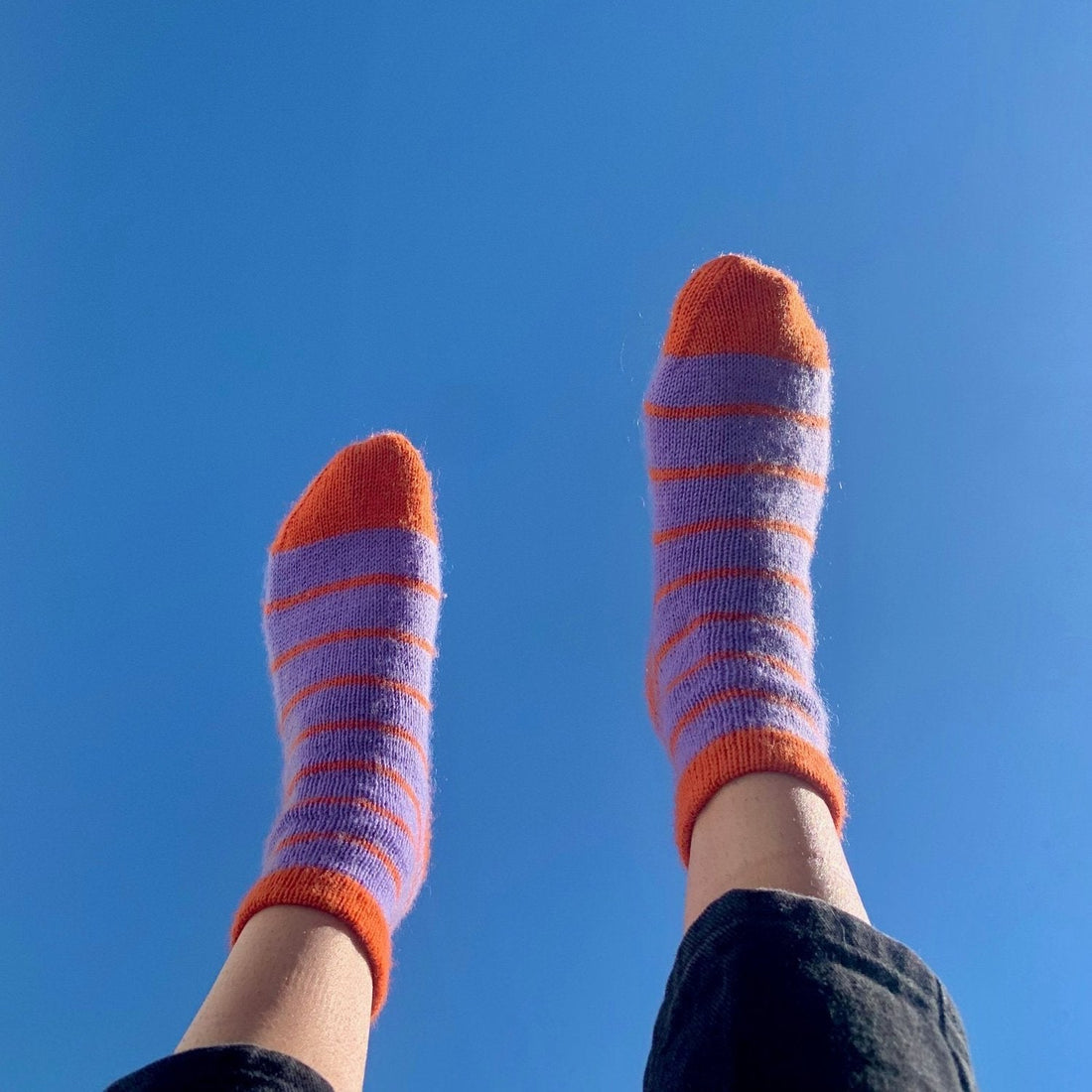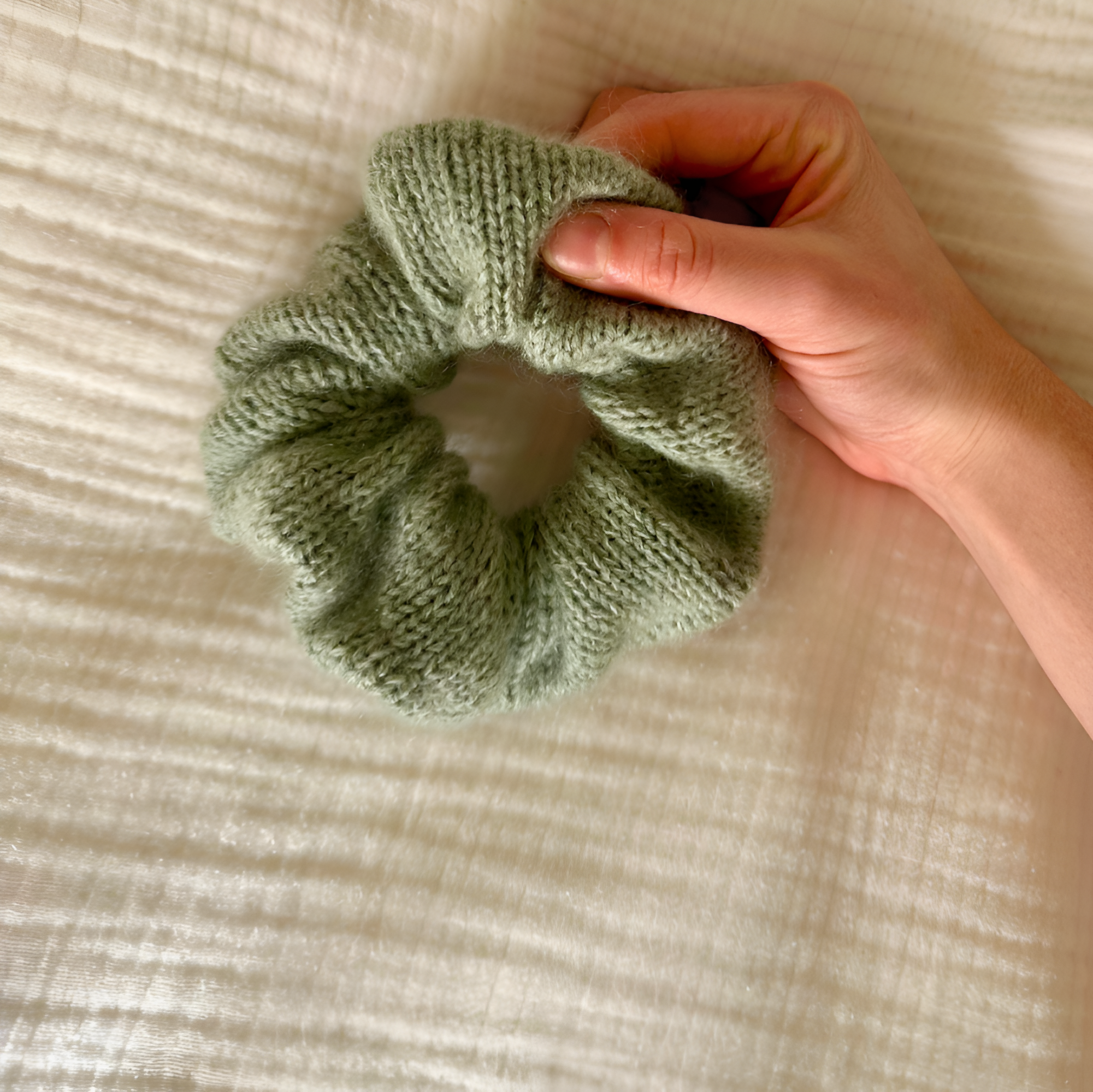Etsy: we can’t live with it, but can we live without it? That seems to be the question on a lot of Etsy sellers’ minds over the past week. Due to another round of seller fee increases that went into effect on April 11, over 20,000 Etsy sellers went on strike. With many knitters and crocheters selling patterns, yarn, and finished objects on Etsy, it's important for us to break down what is going on with this Etsy strike. Keep reading to learn exactly what these fees entail, why sellers are at their limit, how all of this impacts buyers, and what our next steps are.
What Caused the Etsy Strike
Two main fee changes sparked the Etsy strike. The first is their raise of a sale’s transaction fee. Etsy was founded in 2005, and the transaction fee was set at 3.5% until 2018. In 2018, it was raised to 5%. Now, in 2022, it has been raised to 6.5%. This adds up to a total transaction fee raise of 46% over only four years.
However, transaction fees are the only fees that sellers have to contend with. With this recent Etsy fee update, sellers who make over $10,000 a year are automatically given off-site ads. If they make a sale off of one of those ads (which they can NOT opt out of), they are charged a 12-15% fee.
Depending on various factors, and if sellers are opted into the mandatory advertising fee and make a sale of one of those ads, the total Etsy fees placed on an individual sale could be upwards of 21.55% of the seller's profit.
Why Etsy Sellers Are Upset
Of course, no one likes additional fees on their sales, so it makes sense that sellers aren’t happy with these latest updates. However, a devil’s advocate may argue that maybe Etsy is struggling as a company and wants to maintain a platform for sellers. Unfortunately, that just isn’t true. In fact, Etsy made record profits over the past two years. (The chart below shows Etsy's quarterly revenue from 2014-2021.)
It is important to note that those profits are due to the sellers that use Etsy as a marketplace for their unique and creative work. Despite these record profits, Etsy is choosing to charge larger fees on their sellers rather than using those profits to support sellers. (Smells like corporate greed to me.)
In addition to this latest round of fee increases, Etsy has been pushing other initiatives that don’t necessarily support makers. For example, the Etsy algorithm favors products that offer free shipping. And while we as consumers love free shipping, it means added costs for the seller. And if sellers don’t offer free shipping, Etsy’s now 6.5% transaction fee applies to the shipping price in addition to the product price (meaning that the seller gets less of a profit).
And the cherry on top? Inflation. While the economy’s rise in inflation isn't Etsy’s fault, it's an important factor when considering the livelihood of artists in today’s world. Since 2021, prices have risen around 7%. Increasing inflation rates have been making things harder for artists and makers already because the costs of supplies and materials are more expensive. Many sellers on Etsy rely on their Etsy sales for a full-time or supplemental income in order to make ends meet. With inflation, housing and food costs alone have become more expensive, and these added fees make it even harder to make those ends meet.
How This Impacts Etsy Buyers
If you’re not an Etsy seller, these latest changes still impact you as an Etsy buyer. Sellers have to raise their prices to accommodate the raised fees, meaning buyers will have to pay more for products. Also, the new fees work more in favor of drop shippers and resellers than the favor of independent makers, which could lead to a decrease in quality, handmade goods being sold on the platform. And ultimately, many sellers are frustrated with these increasing fees, and many are leaving the platform altogether. Again, this causes less quality, unique, and diverse goods.
What Etsy Sellers Can Do & How To Support Them
There are a couple of options for sellers moving forward if Etsy continues with its fee increases following the strike. One option is that sellers can increase their prices on Etsy to match the fees to ensure that they are still making a profit. Another option is to sell on another platform, like their own website. However, creating your own website usually comes with its own upfront costs that some may not be able to afford.
My top recommendation for sellers is if they can create their own website or sell on another platform, to keep their Etsy but raise their prices to match the fee increases. However, they should let their audience know, either via an announcement on their Etsy store page and/or their social media, that buyers can get the products cheaper on their other platform(s). I recommend this strategy because Etsy is still a way for many sellers to get their products in front of a larger audience. However, selling on other platforms gives sellers more control over their sales and business.
Buyers can support sellers by purchasing their products on their preferred platform. If a seller has an Etsy page but recommends you shop on their website or another platform, try to shop their products there instead. For knitters and crocheters, this could mean buying patterns on a designer’s website or Ravelry. However, it’s important to note again that not all sellers have the means to sell on another platform. Because of this, it doesn’t necessarily mean you should boycott Etsy altogether. Just be conscious of the best way you can support that individual seller.
Results of the Etsy Strike
As of April 11, over 20,000 sellers joined the strike. As of April 17, over 80,000 people have signed this online petition calling Etsy to cancel the fee increase and calling for action on several other items that negatively impact independent makers. The petition requires 100,000 signatures though, so be sure to sign if you haven’t already!
It appears that Etsy has not yet responded to the strike. However, this strike has caused sellers to consider forming some type of union. What an Etsy union would look like isn’t clear yet, but you can read some more details about it in this CNBC article.
I hope Etsy responds to the strike soon and uses its platform to better support the artists that make their company as vibrant and successful as it is. Because many sellers in the knitting and crochet community use Etsy as a selling platform, I believe the best practice is to support creators by their preferred selling method. If you found this article helpful, please be sure to share it with a fellow Etsy seller or buyer! And be sure to sign this petition.






